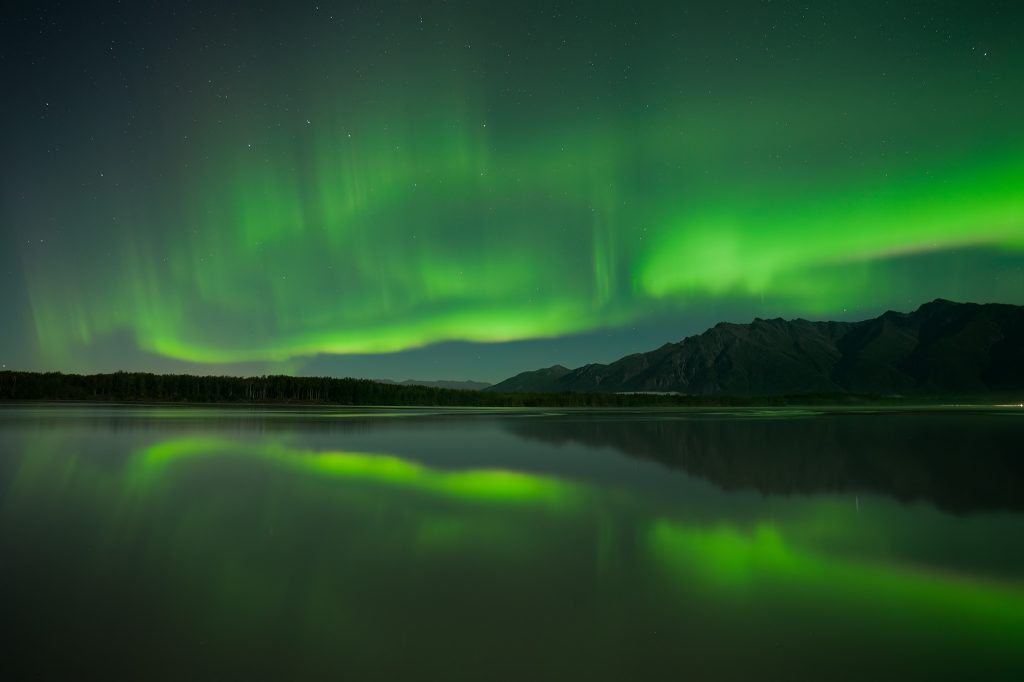Photographing the Northern Lights Over Mount Hood
The Northern Lights over Mount Hood is a dream photo for many landscape photographers. For me, it started as a curiosity when I was a boy. I was fascinated with Alaska and often read Jack London books like White Fang, Klondike Tales, and To Build a Fire, which became my favorite. Many of those stories had one thing in common—the mysterious, glowing sky known as the aurora borealis.
My First Aurora Experience
It wasn’t until I was 55 years old that I finally made it to Alaska. On my very first night, I was greeted by a stunning aurora display—soft, green curtains of light flowing in the sky like they were pushed by a gentle breeze. I was in awe. However, that wasn’t the first time I technically saw the Northern Lights. That happened closer to home—over Mount Hood.

A Dream Photo Come True
About two years before my trip to Alaska, someone asked me what my dream photograph would be. After some thought, I said: the Northern Lights over Mount Hood. I didn’t think it was possible.
Yet, within a year, I captured it.
While photographing at Trillium Lake, I noticed color on my camera’s preview screen. To my eyes, I only saw a faint white glow—like a town hidden behind the hills. But the camera told another story. That was eleven years ago, and today, we are at the peak of the sun’s next eleven-year cycle.
A Rare Geomagnetic Storm Lights the Sky
Recently, the National Oceanic and Atmospheric Administration issued a Severe Geomagnetic Storm Watch, something that hadn’t happened in nearly two decades. The storm was strong enough to threaten disruptions in power, GPS, and communication systems. Fortunately, the actual impact was minimal.
The upside? The aurora was visible as far south as the Florida Keys—and our skies here on Mount Hood put on a show.
Seeing vs. Photographing the Aurora
People across the mountain captured stunning magenta, purple, and green skies on phones and cameras. Even with the naked eye, columns of color were visible, but the photos told a much more vivid story.
You might wonder why photos of the aurora borealis appear so much brighter and more colorful than what we see. At first, it seems like the camera simply sees more than our eyes do—but that’s not quite true.
Why Our Eyes See Less Color at Night
To understand this, I had to learn a bit about biology and how our eyes work. Human vision relies on two types of photoreceptors: rods and cones. Rods handle night and peripheral vision, while cones detect color and central detail.
At night, our rods dominate. While they help us detect light and motion, they don’t pick up color well. That’s why the aurora often appears pale or white to our eyes, even when the camera reveals rich color.

The Magic Is Still Real
Knowing this doesn’t diminish the experience—it enhances it. The vibrant colors captured in your photographs were real. Your eyes simply weren’t able to fully see them at the time.
So the next time you’re out under a glowing sky, know that even if you can’t see the color with your eyes, your camera is showing you the full story.
Tip: If you’re inspired to photograph the Northern Lights over Mount Hood, check out my landscape photography tips and galleries for more insight.

